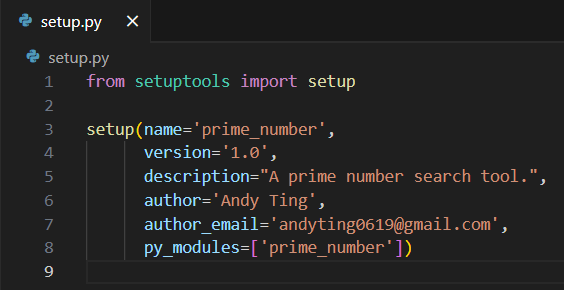Java: How to Make a Sudoku Game without Graphical User Interface (GUI)

What's sudoku? Sudoku is a logic-based number-placement puzzle. The objective is to fill an n×n grid with n distinct digits from 1 to n, so that each column, each row, and each of the subgrids that compose the grid contains all of the digits from 1 to n without repetition. Usually, when we talk about sudoku, we refer to the common case n=9, which is an 9x9 sudoku. In fact, sudoku is closely related to mathematics, and there is a complicated mathematical principle behind it. Here I would like to share my Java assignment. The task is to create a simple sudoku game without a graphical user interface (GUI). In fact, Java is not my main language, so I'm not very proficient in it. I took Java as an elective course just because I was curious about Java programming. When I started learning Java, sometimes I got confused about the syntax of Java, because it is similar to both C++ and Python. To me, Java syntax seems like a combination of Python and C++. Sometimes, I get confused about w...




